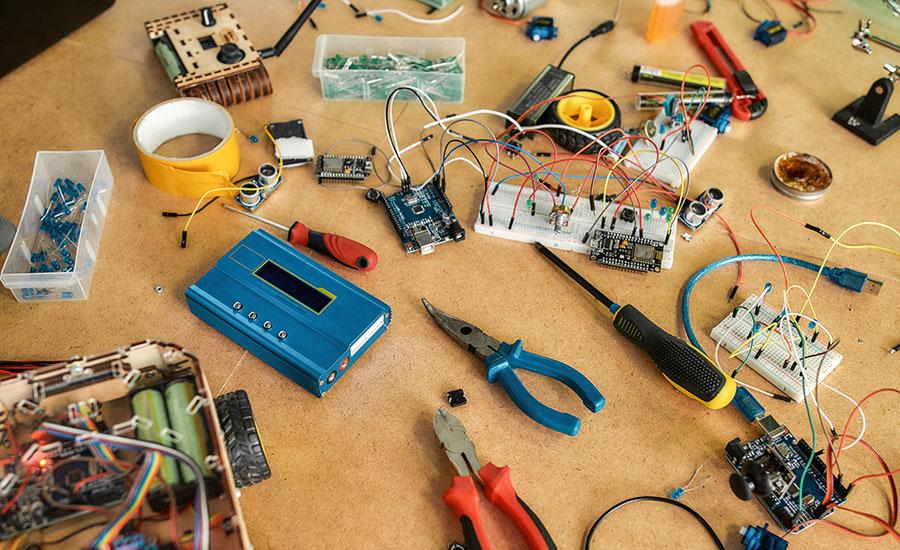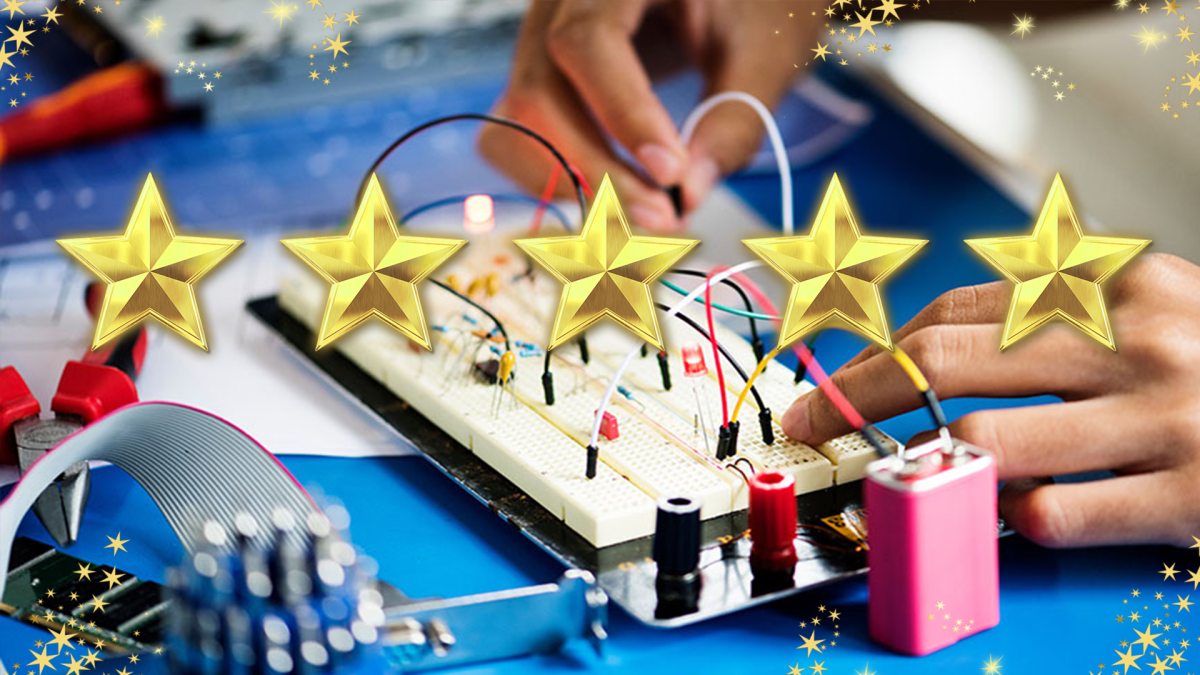Grades:
9th Grade
This is a cash cow lab experiment, students are going to apply their experiment at the lab. it's a biotech labs that uses the fact that molecules of different sizes move at different speeds
Halt, Who Goes [in/out] There? Structure and Function of the Cell Membrane in Different Environments
Grades:
7th Grade
The purpose of this lesson is to engage 7th-grade students in a hands-on investigation of how salt concentrations affect plant cells. By exploring the process of osmosis, students will gain a deeper
Grades:
9th Grade, 10th Grade, 11th Grade, 12th Grade
Students pull wooden "sleds" with different masses on them over various types of surfaces with spring scales (force meters) to calculate the different coefficients of friction. Students graph the data
Grades:
6th Grade
This ADI lesson plan engages students in the process of inquiry and argumentation, helping them develop a deeper understanding of the movement of constellations in the sky through hands-on
Grades:
8th Grade
The lesson looks at three driving questions: Is there an association between human height and wingspan? How can analyze a set of data to determine associations between these two variables? How can we
Grades:
Kindergarten, 1st Grade, 2nd Grade, 3rd Grade, 4th Grade, 5th Grade, 6th Grade, 7th Grade, 8th Grade
Most students are likely familiar with popular films like Happy Feet, Surf’s Up, Penguins of Madagascar, and classic books like Mr. Popper's Penguins. Capitalizing on this familiarity with penguins
Grades:
7th Grade
Learning the difference between the two cells while learning the function and structure of both cells and creating an analogy and drawing on canva to help students remember.
Grades:
4th Grade, 6th Grade
Students learn about renewable and nonrenewable energy sources using a free resource. They are assigned a particular resource such as solar, coal, biomass ,etc. and they become an expert on that
Grades:
7th Grade
Students will learn the parts of a microscope, the importance of them and how to use them to view specimens.
Grades:
9th Grade, 10th Grade, 11th Grade, 12th Grade
A high school physics lesson plan asking students to use guided inquiry and discover how current moves through series and parallel circuits. Students then share their results by using technology to
Grades:
9th Grade, 10th Grade, 11th Grade, 12th Grade
A high school physics lesson plan that uses guided inquiry to help students explore the changes in potential difference across resistors connected in series & parallel.
Grades:
3rd Grade, 4th Grade, 5th Grade
Learn about forces and motion while reading the book Sheep in a Jeep and doing activities to determine the average distances of objects in motion.
Grades:
7th Grade, 8th Grade
In this lesson students will work in teams to research the different parts of a drone obstacle course with the intention to build and race it themselves.
Grades:
6th Grade, 7th Grade, 8th Grade
In this lesson students will broaden their understanding of their drone controls learning the proper terminology and practice using that vocabulary flying mini obstacle courses as a Pilot/Co-Pilot duo
Grades:
7th Grade, 8th Grade, 9th Grade, 10th Grade, 11th Grade, 12th Grade
Dive into the physics and engineering and programming of holonomic drives! Learn to code and control movement for your FTC robot with hands-on activities and real-world applications.
Grades:
4th Grade, 5th Grade
Blending Social Studies and Science with a focus on STEM principles. This lesson is one in a series of lessons examining Benjamin Franklin's contribution to science. Students learn about his
Grades:
9th Grade, 10th Grade, 11th Grade, 12th Grade
In studying science, we are limited by the bounds of our own senses when collecting data. By developing technology that allows us to enhance and extend our senses, we can study things we would not
Grades:
4th Grade
Students will understand the physics of forces: friction, pulls and pushes by using STEM concepts. This could be an end unit for students to develop and create a culminating STEM project. There are 3
Grades:
7th Grade
Human cells function best within a specific temperature range. Recent scientific data has shown that extreme high temperatures can have detrimental effects on our cells. In fact, repeated exposure to
Grades:
Kindergarten
Students will design and build a boat for the Gingerbread Man using aluminum foil, straws, and popsicle sticks. They will test and improve their designs while learning about buoyancy and basic
Grades:
9th Grade, 10th Grade, 11th Grade, 12th Grade
This set of lessons allows students to understand circuitry through different lenses and apply this to simple circuits and electrical calculations.
Grades:
4th Grade, 5th Grade, 6th Grade
Students will explore how fashion and design inspire present-day life and influence messaging and culture. They will create a 2D design of a shoe and then a 3D rendering of a sneaker using CAD
Grades:
9th Grade, 10th Grade, 11th Grade, 12th Grade
Students will use Gel Electrophoresis to diagnose the dominant, fatal, genetic disorder of Huntington's Disease, a neurodegenerative disorder caused by an excessive number of CAG repeats in the DNA
Grades:
7th Grade
Why do different parts of the Phoenix Metropolitan areas have a big difference in rainfall during monsoon days? Discover how the rain shadows of the White Tank Mountains and the McDowell Mountain
Featured Lesson Plans
Check out these notable lesson plans.

Grades:
9th Grade, 10th Grade, 11th Grade, 12th Grade
This is a great opportunity to show students that coding can be a lot of fun, and it doesn’t have to be scary. Many high school students with little to no prior coding experience often automatically

Featured
A Shocking Dystopia: STEM Adventures in The City of Ember Part 4 of 4: Where the River Goes
Grades:
4th Grade
This lesson is PART 4 of a four-lesson unit, which focuses on futures thinking, the phenomenon of electricity, closed-system agriculture, and water as a renewable energy resource. “The City of Ember”

Featured
A Shocking Dystopia: STEM Adventures in The City of Ember Part 3 of 4: A Problem in the Greenhouse
Grades:
4th Grade
This lesson is PART 3 of a four-lesson unit, which focuses on futures thinking, the phenomenon of electricity, closed-system agriculture, and water as a renewable energy resource. “The City of Ember”
